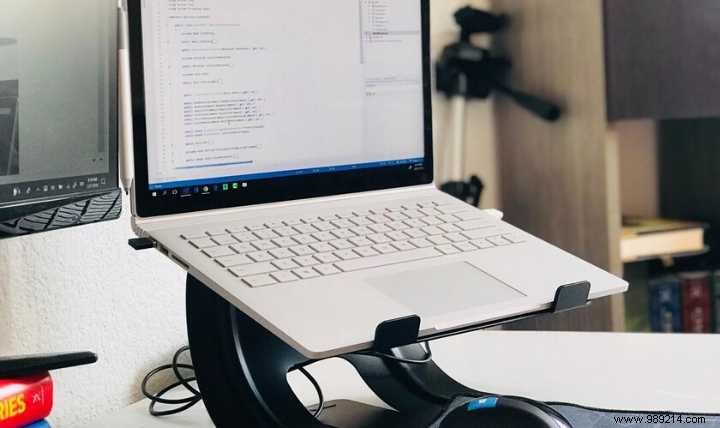Heat is the deadly enemy of all electronic devices. Unfortunately, high-powered electronic components such as processors and RAM also produce significant heat. This heat must be removed from the system to ensure proper operation and long life. Thanks to their compact designs, laptops have to work especially hard to keep their heat-producing components cool. Sometimes the built-in cooling isn't up to snuff, especially for high-load applications like gaming and rendering. If your laptop is overwhelmed with heat, you can cool things down with an inexpensive laptop cooling pad.
ContentsHow Laptop Cooling Pads WorkWhy You Might Need a Laptop Cooling PadWhich Laptop Cooling Pad Should I Buy?Conclusion:Other Options
However, even the latest and flashiest gaming laptops aren't necessarily immune to heat issues. Jamming tons of hot silicon into a tiny plastic box will always produce heat dissipation issues, and they're not always solved properly. Since you can't easily open a laptop to inspect the problem, the quickest fix is usually a cooling pad.
Overheating can cause some weird issues that you might not immediately relate to heat. For example, some early Sony VIAO laptops would lose Wi-Fi connectivity if they overheated. Apple's MacBook Pros can slow down dramatically when they get too hot in an effort to protect their hardware, and video playback can degrade significantly on cheaper ultrabooks and netbooks when things get hot. If a problem only appears after a certain number of uses, you can try a cooling pad as a solution.
The most economical cooling pads will always be active cooling pads. Look for a pad with multiple fans, preferably three or more. However, consider noise before settling on an active pad. Depending on the quality of the fans, the sound volume may interfere with watching videos or playing games.
When noise is an issue or heat issues are minor, passive cooling offers a good solution. Look for pads made from materials with high thermal conductivity, such as aluminum. Since most of the cooling comes from increased airflow, a passive pad should have plenty of space under the device. Avoid all solid pads and prefer pads with higher elevations. Metal laptop stands can also function as passive cooling pads, although they are rarely marketed that way.
Since a cooling pad sits under your laptop, make sure you get one that roughly matches your laptop's footprint. Angled pads are generally more comfortable than flat pads, but make sure there is some sort of ledge to prevent your laptop from slipping.
If your laptop is suffering from heat-related issues, laptop cooling pads are an inexpensive and effective way to solve your problems. While not the ultimate solution, they can revive a failed device for less than the cost of a single PC game.
If you hate cooling pads, there are a few tricks you can try instead. Always elevate your laptop. Separate it from the desk or your lap with some sort of spacer that allows free airflow under the laptop. Never use your laptop on insulating materials like bedding. If possible, reduce the load on the machine to more manageable levels. Don't try to encode a video while playing Civilization, for example. If you have a dated laptop, you might want to consider an upgrade. Modern laptop processors are highly efficient, with hardware capabilities for heat dissipation and reduced heat generation.